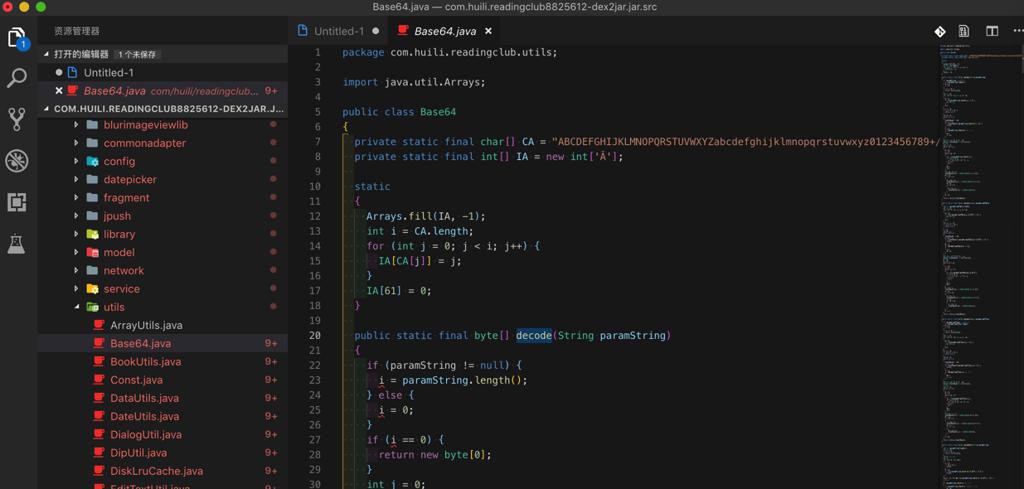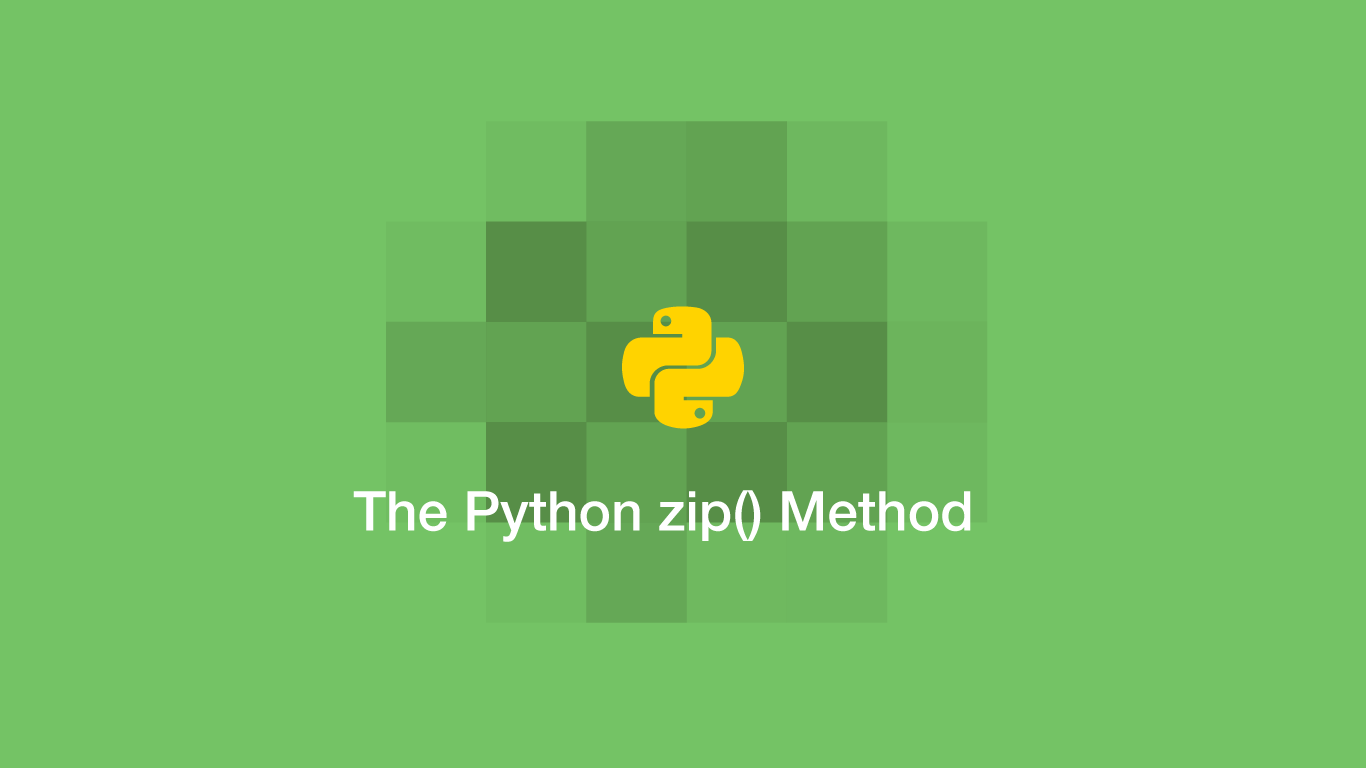


The open() function takes two parameters-the file to be opened and the mode. We do this using the open() function in python. Then open the file which contains base64 string data for an image.
Python base64 decode decompress code#
The following steps give the working of the above code to convert the base64 string to Image in Python: How does the code to convert Base64 string to Image work? Output image generated after decoding the Base64 string: Input: Base64 string data stored in file1.txt: #write the decoded data back to original format in file Once the images have reached their destination, they can be decoded back to their original format.Ĭode to convert Base64 string to Image in Python #importing base64 moduleĭecoded_data=base64.b64decode((encoded_data))

There are multiple reasons for converting the Base64 string to Image and vice versa. This binary data is converted into byte-sized chunks which are converted back to the original format Why Base64 encoding and decoding is required?
Here the data in ASCII format is converted back to the binary data. Decoding the data is exactly the opposite of encoding. A Base64 encoded data is the one wherein the binary form of data is represented in printable ASCII string format by translating to radix-64 representation. What is the Base64 module in Python?īase64 is a module in python that is used for encoding and decoding data.
Python base64 decode decompress how to#
In this tutorial, we will learn how to convert Base64 string to Image in Python. There is a need to convert them back to their original format. Such characters represent Base64 string data. Json.loads(stream_gzip_decompress(boo.decode('base64')))īoo=base64.b64encode(press(json.dumps(foo)))ĭ(1284286794)įoo=json.loads(stream_gzip_decompress(boo.decode('base64')))įoo = 1284286794įoo = 1284286764īoo=base64.b64encode(press(json.dumps(foo), zlib.Have you ever wondered how Images are being stored and transferred without being corrupted? Sometimes, when we open the images in their raw format, we observe that they are encoded in strange characters. Stream_gzip_decompress(foo.decode('base64')) Foo="H4sIAAAAAAAAAHWPwQqCQBCGX0Xm7EFtK+smZBEUgXoLCdMhFtKV3akI8d0bLYmibvPPN3wz00CJxmQnTO41whwWQRIctmEcB6sQbFC3CjW3XW8kxpOpP+OC22d1Wml1qZkQGtoMsScxaczKN3plG8zlaHIta5KqWsozoTYw3/djzwhpLwivWFGHGpAFe7DL68JlBUk+l7KSN7tCOEJ4M3/qOI49vMHj+zCKdlFqLaU2ZHV2a4Ct/an0/ivdX8oYc1UVX860fQDQiMdxRQEAAA="ĭec = compressobj(32 + zlib.MAX_WBITS) # offset 32 to skip the header


 0 kommentar(er)
0 kommentar(er)
